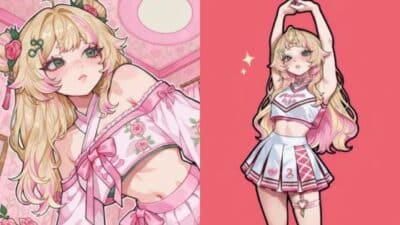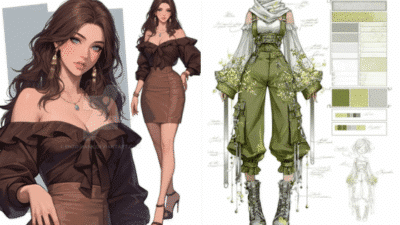Bringing your original character to life starts with more than just their design—it’s about how they move, stand, and express themselves. The right pose gives your OC personality, emotion, and story without needing a single word. Whether you want to show confidence, vulnerability, or action, the pose you choose sets the tone instantly.
You don’t need to feel stuck repeating the same standing or sitting positions. Exploring different pose ideas helps you highlight traits that make your OC unique. From dynamic action stances to subtle everyday gestures, each option adds depth and variety to your art.
With a mix of classic pose references, creative approaches, and tools to spark inspiration, you can find poses that fit your OC naturally and bring out their best qualities.
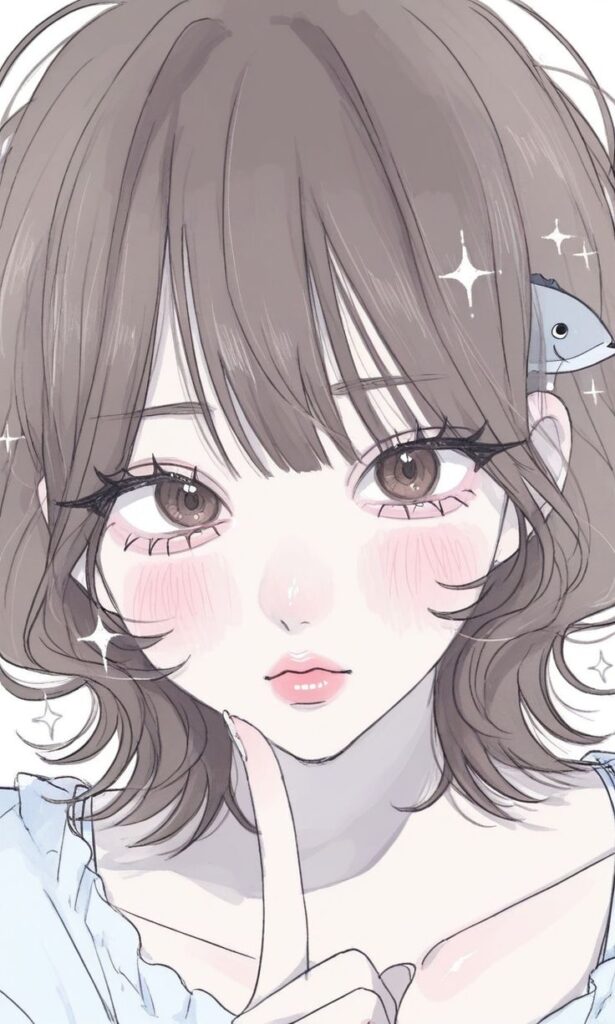

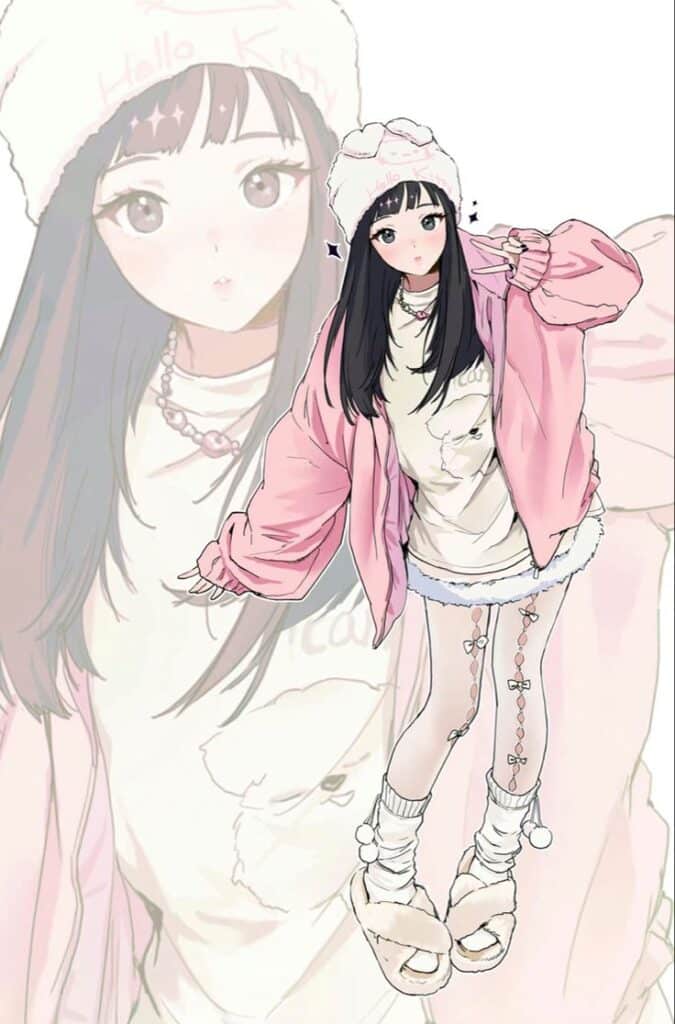
Key Takeaways
- Strong poses define personality and mood
- Different pose types add variety and depth
- Tools and ideas help you customize poses
Fundamentals of Drawing Poses for Your OC
Strong poses depend on a mix of accurate anatomy, clear movement, and smart use of references. When you combine these elements, your original character feels more natural and expressive on the page.
Understanding Character Anatomy
You don’t need to memorize every muscle, but you should know the basic structure of the body. Focus on proportions like head-to-body ratio, arm length, and how joints bend. This helps you avoid stiff or awkward poses.
Think of the body as simple shapes: cylinders for arms, spheres for joints, and boxes for the torso. Breaking down anatomy this way makes it easier to adjust your OC’s design without losing balance or proportion.
Pay close attention to areas that move the most, such as shoulders, hips, and hands. These parts often define the energy of a pose and make your character look believable.
The Importance of Gesture and Flow
A strong pose starts with a gesture drawing. This is a quick sketch that captures the movement and rhythm of the body before you add details. It keeps your OC from looking stiff or flat.
Gesture lines often follow the “line of action,” a single curve that runs through the body to show direction and energy. For example:
- C-curve: relaxed or natural stance
- S-curve: balanced but dynamic movement
- Straight line: tension or force
When you focus on flow, even a simple standing pose feels more alive. It also helps you exaggerate emotion, whether your OC is calm, excited, or ready for action.
Using References Effectively
References give you accuracy and variety. You can use photos, pose libraries, or even take your own pictures to study real movement. This prevents repetitive poses and helps you explore new angles for your original character.
Instead of copying a reference exactly, treat it as a guide. Adjust proportions, clothing, and expressions to match your OC’s design. This way, the pose feels unique to your character rather than generic.
Keep a folder or board of references organized by action types—fighting, sitting, running, or casual standing. Having quick access to these makes it easier to experiment and refine poses without starting from scratch.
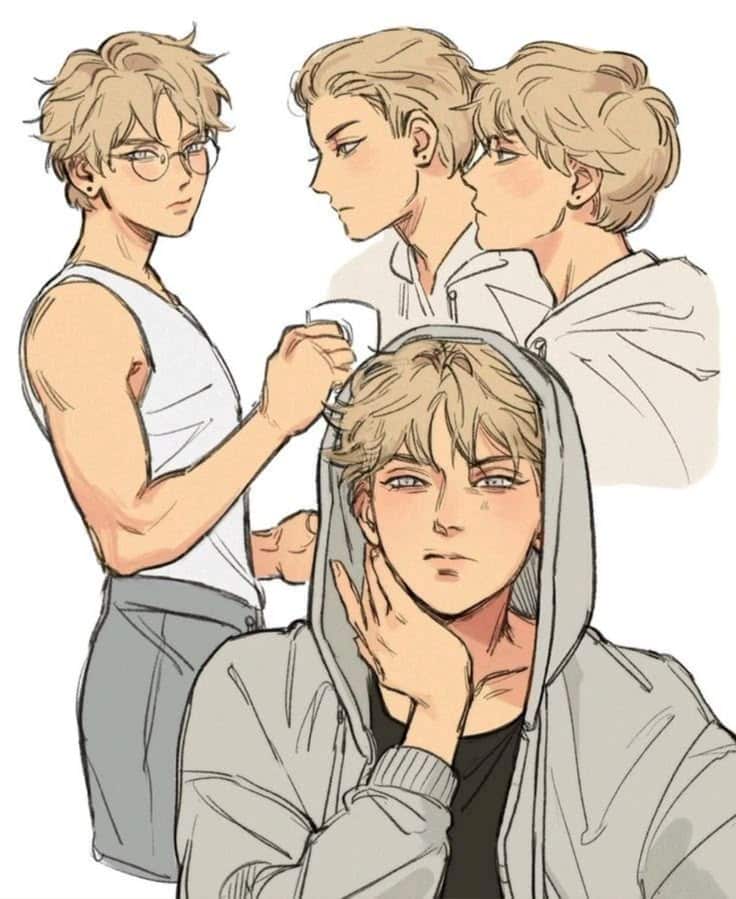
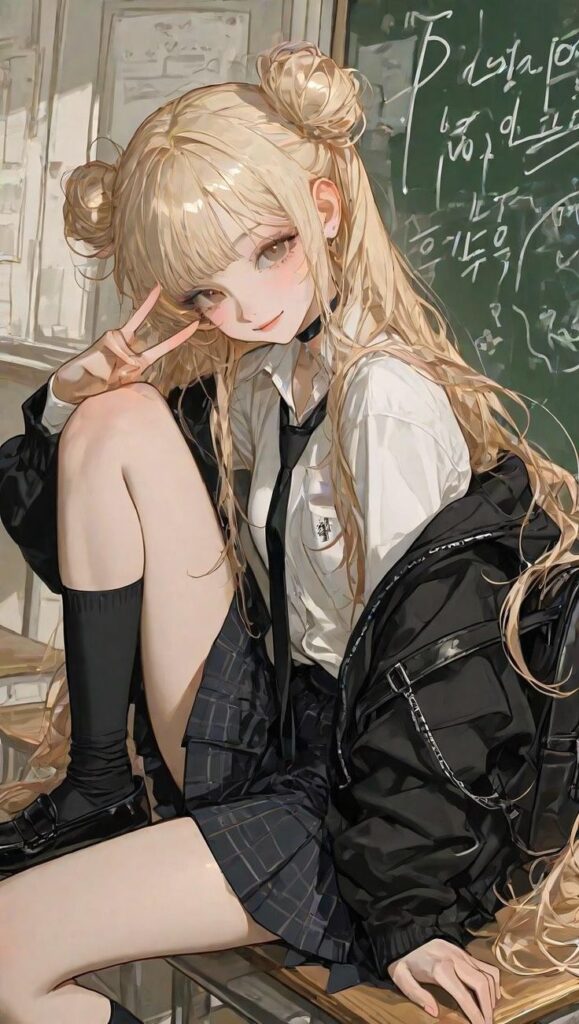
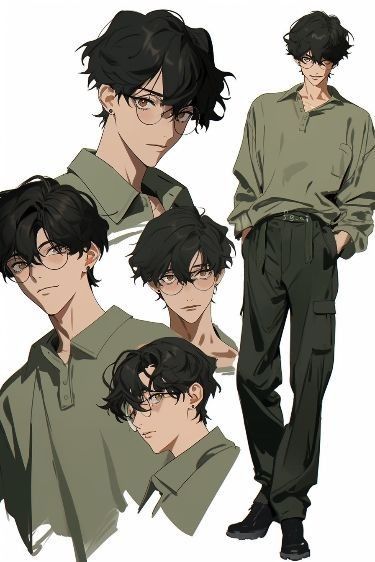
Popular Pose Categories for Original Characters
When you draw your original character, the pose you choose can highlight personality, mood, and design details. Different categories of poses let you explore action, everyday habits, emotions, and relationships in ways that make your character feel more complete.
Dynamic Action Poses
Action poses show movement and energy. You might draw your character running, jumping, or swinging a weapon. These poses emphasize anatomy and balance, so the body feels grounded and believable.
Think about the flow of motion. A bent knee, a twist in the torso, or a raised arm can suggest what happens next. Small details, like the angle of the head or the spread of fingers, add intensity.
For variety, try:
- Combat stances (swords, staffs, or fists)
- Athletic motion (sprinting, leaping, or climbing)
- Dramatic gestures (casting a spell, pointing, or shouting)
Dynamic poses work best when you exaggerate movement slightly. This helps the action read clearly without making the figure look stiff.
Everyday Life and Casual Poses
Casual poses help you show what your character does outside of action. Sitting, leaning, or walking slowly can reveal personality traits. A relaxed slouch or a tidy posture instantly tells you something about their habits.
Props make these poses stronger. Holding a book, sipping from a mug, or scrolling on a phone gives context. Even the way your character interacts with furniture—perching on the edge of a chair or sprawling across a couch—can say a lot.
Some simple but effective ideas include:
- Standing with weight on one leg
- Crossed arms or hands in pockets
- Sitting with legs tucked or stretched
These poses are useful for reference sheets where you want to show design details without distraction.
Expressive Emotional Poses
Emotional poses highlight how your character reacts to situations. A hunched posture can suggest sadness, while wide, open arms may show joy. Unlike action poses, the focus here is on body language rather than movement.
Facial expressions matter, but the body should reinforce the feeling. Drooping shoulders, clenched fists, or a tilted head can communicate mood even without a detailed face.
Examples include:
- Joyful: jumping with arms raised
- Angry: leaning forward with tense fists
- Shy: turned inward with lowered gaze
You can explore subtle differences too. A character who hides their face in their hands feels different from one who simply looks away.
Interaction and Group Poses
When your character shares space with others, interaction poses make relationships clear. Two characters might stand back-to-back, shake hands, or argue face-to-face. These setups emphasize spacing, proportion, and how figures overlap.
Group poses are useful for showing friendships, rivalries, or teamwork. You can arrange characters in a way that highlights dynamics—one leading in front, another following behind, or several clustered together.
Some ideas include:
- Supportive: one character helping another stand
- Playful: two characters laughing or teasing
- Conflict: facing off with mirrored stances
Pay attention to eye contact and gestures. The way characters look at or reach toward each other often conveys more than dialogue could.
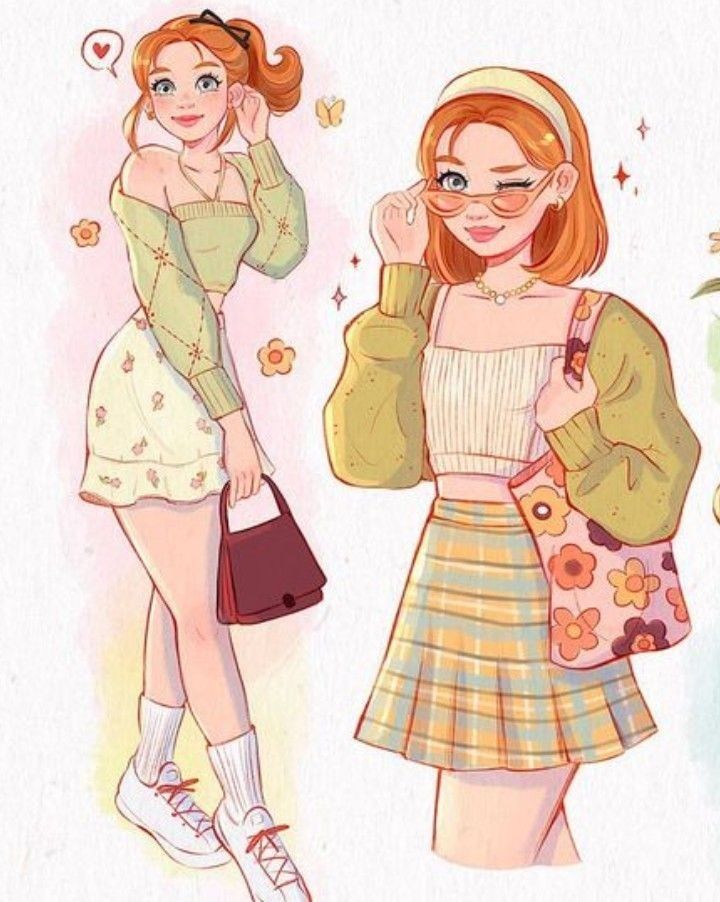
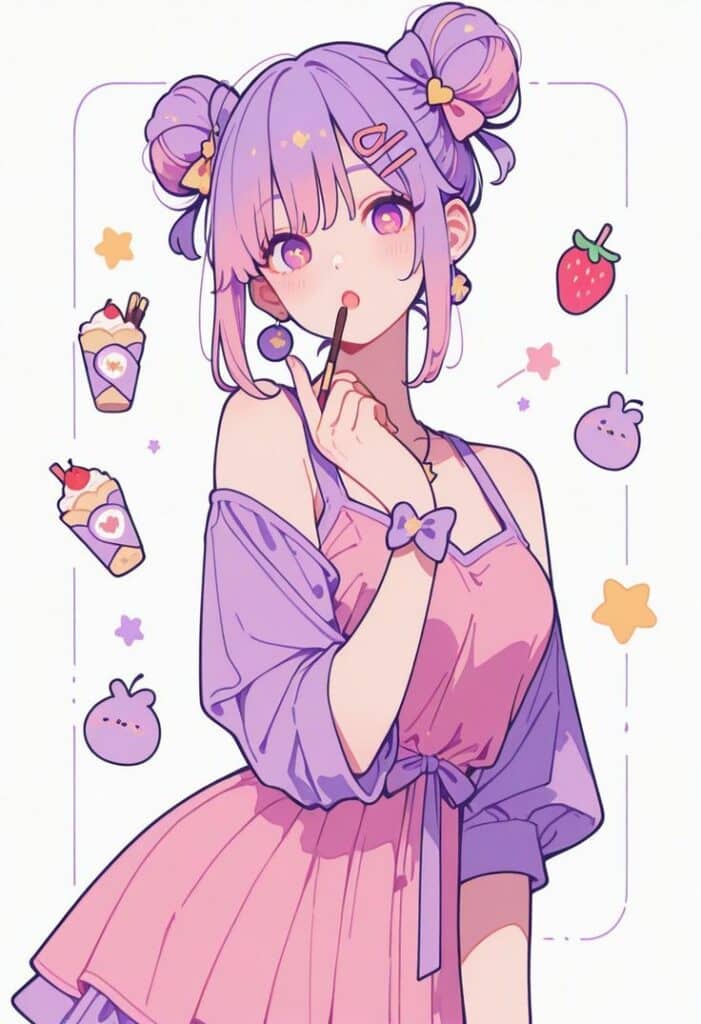
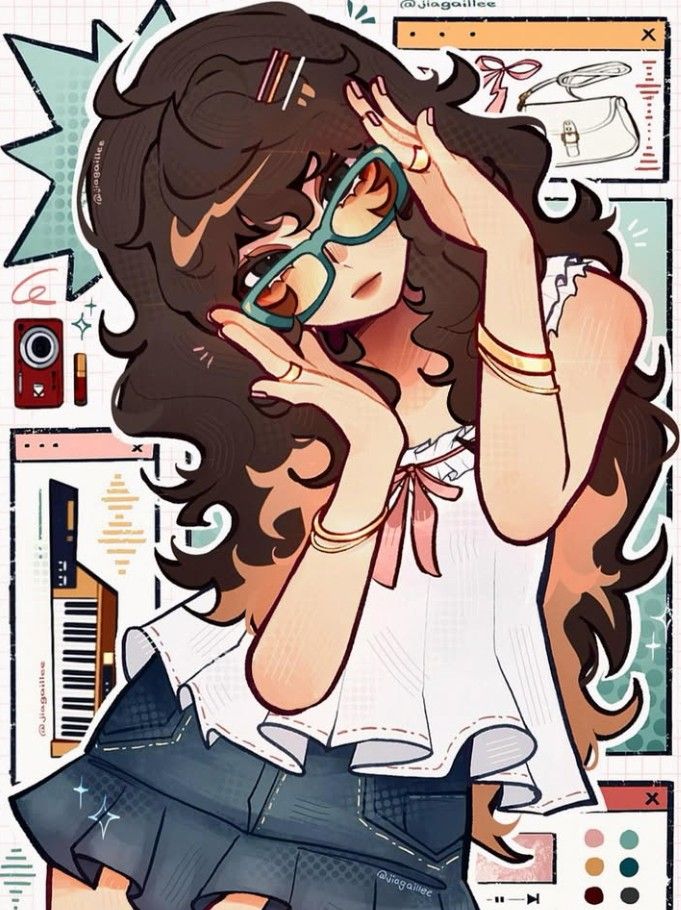
Creative Approaches to Posing Your OC
When you design poses for your OC, you can use imagination to highlight personality, mood, and story. Small choices—like angle, props, or setting—make the difference between a static figure and one that feels alive.
Imaginative Scenarios and Themes
Placing your OC in a themed scenario helps you go beyond standard standing or action poses. You could sketch them mid-conversation, holding an object with care, or reacting to an unexpected event. These situational poses let you show emotion and intent without needing dialogue.
Consider using story prompts or challenge lists as inspiration. For example:
- Celebrating a small victory
- Waiting in the rain
- Exploring a new place
By tying poses to scenarios, you give your OC context. A relaxed lounge pose communicates comfort, while a defensive stance suggests tension. These subtle differences help you capture character growth and personality traits.
Exploring Unique Perspectives
Changing the viewpoint of a pose can make your OC feel more dynamic. Instead of drawing them straight on, try a low angle to emphasize strength or a high angle to create vulnerability. Shifting perspective forces you to think about anatomy and balance in new ways.
Experiment with foreshortening and tilted compositions. A reaching hand toward the viewer or a twisting torso can add depth and energy. Even a simple sitting pose becomes more engaging when drawn from behind or slightly off-center.
You don’t need complex action to make a pose interesting. Using perspective alone, you can turn an ordinary stance into something that feels more alive and intentional.
Incorporating Props and Environments
Props and settings help ground your OC in a world. A sword, book, or cup of tea changes how they hold themselves and interact with space. Even a simple chair or railing can influence posture and mood.
Think about how your OC uses these objects. Do they grip a weapon tightly or carry it loosely? Do they lean against a wall with ease or sit stiffly at a desk? These choices reveal personality without words.
Environments also create natural posing opportunities. A windy field might inspire a stance with flowing clothing, while a crowded street scene could suggest smaller, contained movements. Props and settings encourage variety and storytelling in your drawings.
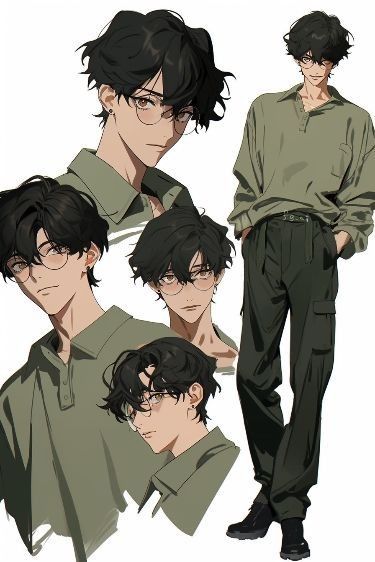
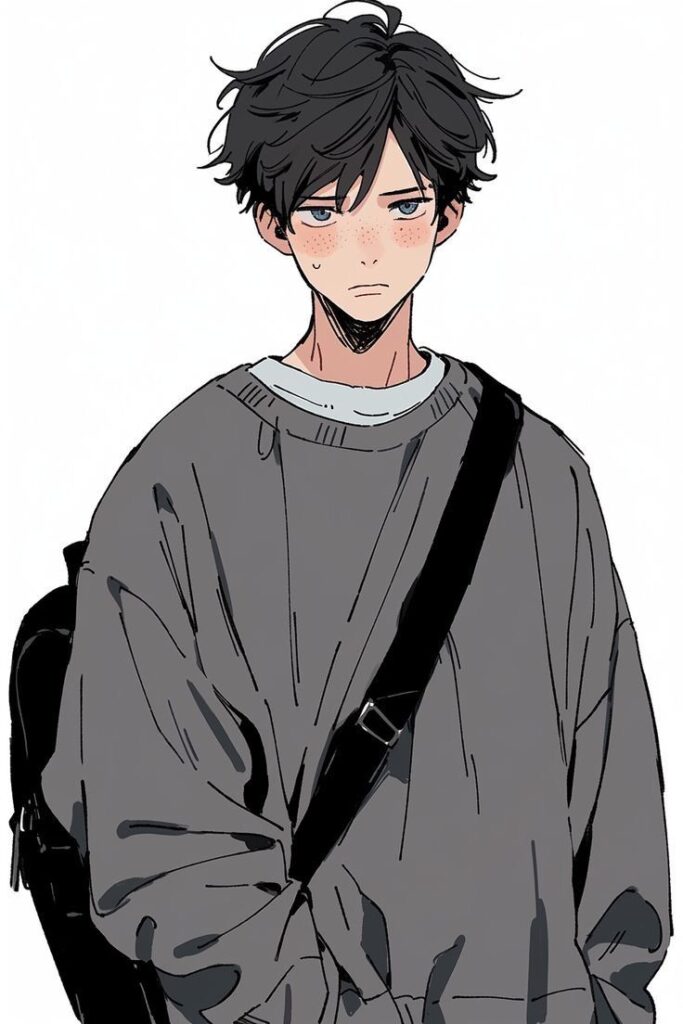

Tips for Customizing Poses to Fit Your OC
When you draw your original character, the pose should highlight traits that make them unique. Adjusting body language, proportions, and physical details helps you create a drawing that feels natural and true to their personality.
Reflecting Personality Through Body Language
A pose communicates attitude before any facial detail does. A confident OC might stand tall with open shoulders, while a shy one could lean inward with arms crossed. You can use posture to show energy, hesitation, or authority.
Think about how your character reacts in everyday situations. Do they gesture widely when speaking, or keep their hands tucked away? Small adjustments like hand placement or head tilt can make the difference between a stiff drawing and one that feels alive.
Try making a list of traits:
- Confident → Upright stance, wide gestures
- Nervous → Hunched shoulders, fidgeting hands
- Playful → Exaggerated movement, light steps
Use these notes to guide how you shape the body’s lines and balance.
Adapting Poses for Different Body Types
Not every body type moves the same way. A tall OC may appear more elongated in poses, while a shorter one may look compact and grounded. Adjusting the center of gravity helps keep proportions believable.
Broad shoulders or muscular builds can emphasize strength in action poses. Slimmer frames may look more flexible in dynamic stances. You can exaggerate these qualities without breaking anatomy if you keep weight distribution consistent.
A simple way to test this is by sketching a stick figure first. Shift the torso, hips, and legs to reflect how that body would realistically support itself. This prevents awkward or unbalanced results.
Age and Gender Considerations
Age affects how a character holds themselves. Children often have looser, more playful movements, while older characters may move slower or stand with more restraint. Adding small details like bent knees or a relaxed spine can suggest youth.
Gender expression also plays a role. A masculine pose might emphasize squared shoulders and firm footing, while a feminine one could highlight curves or softer gestures. These are not strict rules, but they can help communicate intent.
When you combine age and gender with personality and body type, your OC’s pose becomes more specific. This layered approach makes the drawing feel tailored instead of generic.


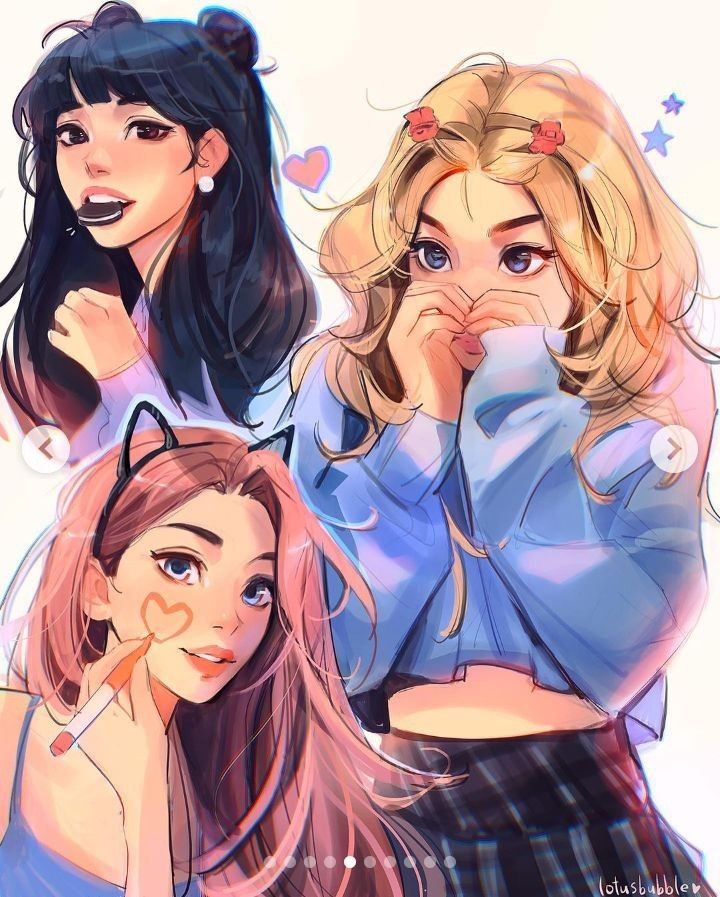
Tools and Resources for Finding Pose Inspiration
You can expand your creative options by using reference libraries, digital posing tools, and community-driven challenges. Each resource offers a different way to spark your imagination and helps you create poses that feel natural and expressive.
Online Pose Reference Libraries
Online libraries give you quick access to a wide range of photos and sketches. Sites like Quickposes and PoseMy.Art provide timed practice sessions, gesture references, and full-body poses that help you study movement. These resources save you time compared to searching randomly through unrelated images.
You can also explore curated collections on Pinterest or art blogs, where artists share pose boards specifically for original characters. These references are useful when you want to capture subtle gestures, such as a relaxed stance or an expressive hand movement.
For easy comparison, you can organize your saved poses in folders or boards. This way, you’ll build a personal library that supports both quick sketches and polished illustrations.
3D Modeling Tools for Artists
3D posing tools let you adjust a digital model to match the exact angle and perspective you need. Programs like JustSketchMe and Pippit allow you to move limbs, rotate the camera, and tweak proportions. This flexibility helps when you can’t find a photo reference that matches your vision.
Many tools include premade poses and animations, giving you a starting point to customize. For example, PoseMy.Art offers preset stances, while more advanced apps let you fine-tune balance and weight distribution.
Using these tools also strengthens your understanding of anatomy because you can study the model from multiple views. Combining them with your imagination ensures your OC’s pose feels unique rather than copied directly.
Community Challenges and Prompts
Community-driven prompts encourage you to try poses you might not think of on your own. Platforms like Reddit’s ArtistLounge or YouTube sketch-along channels often share timed figure drawing sessions or daily challenges. These push you to work quickly and focus on gesture rather than detail.
You can also join themed events where artists draw their OCs in specific scenarios, such as action poses or casual sitting positions. These challenges give you structure while still leaving room for creativity.
By participating, you’ll also see how other artists approach the same idea. Observing their solutions can inspire new ways to stage your characters and expand your pose vocabulary.
- 163shares
- Facebook0
- Pinterest163
- Twitter0
